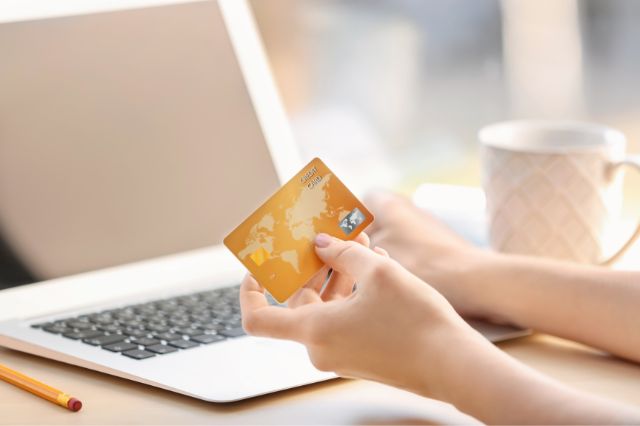Steps to Opening a Transaction Account

The gateway to financial freedom begins with a single step: opening a transaction account. This guide is your comprehensive companion, walking you through the process clearly and confidently. Let’s embark on this journey to unlock the world of transaction accounts and revolutionize how you manage your money!
Transaction Vs. Savings Account
Before proceeding, let’s distinguish between two crucial account types: transaction and savings accounts. A transaction account is your financial command center for everyday transactions – receiving payments, handling expenses, and making transactions. The primary focus of a transaction account is accessibility, ensuring quick and convenient financial interactions.
On the other hand, savings accounts are tailored to build a financial safety net. A savings account does not lock your money away like a term deposit and is not connected to a Visa card. The purpose of the account is to help you save money faster.
6 Easy Steps to Open a Transaction Account
Ready to make a smart financial move? Opening a transaction account is easier than you think. Let’s break down the process into manageable steps, ensuring you’re well-prepared for this empowering experience:
1. Basic Requirements
The main requirement is account holders must be at least 18 years old. But most banks permit young individuals to be registered as joint account holders with a parent or legal guardian. Another thing to look out for is any misdemeanor on your end. This action can be in the form of (but not limited to):
- Another bank is canceling your account due to poor management, such as unpaid overdrafts.
- You have criminal convictions for fraud or other financial crimes.
And before you open a transaction account, ensure you have the essential documents. Here’s what you’ll need:
Government-Issued Identification
A government-issued ID, like a driver’s license or passport, is essential. This measure guarantees the security and authenticity of your account. Plus, it enables the bank to match your name to your face and confirms that you are who you claim you are.
Individual Taxpayer Identification Number
Depending on your location and circumstances, an Individual Taxpayer Identification Number (TIN) might be necessary for tax compliance.
Proof of Address
Provide documents like a recent utility bill or lease agreement to verify your current address. This information ensures accurate communication and record-keeping. A physical address must be listed on the account, even if some banks let you open a checking account using a post office box.
On the other hand, if you’ve switched to paperless billing statements, you can print one from your online account. But you can also use your current mortgage statement or a lease agreement you and your landlord have signed.
2. Filling Up Forms
With your documents in hand, it’s time to tackle the paperwork. Application forms are your pathway to a transaction account. They gather essential details that help the bank tailor its services to your needs.
3. Funding Your Account
After submitting the forms, the spotlight turns to fund your account. Depending on the bank’s policies, you might have options such as electronic transfers, cash deposits, or linking an existing account.
4. Start Using the Account
With your account funded and ready, it’s time to enter a new era of financial control. You’ll receive a debit card that opens doors to ATMs, online shopping, and in-store purchases. Stay on top of your finances with online banking and mobile apps – they put your accounts in your hand.
Your Pathway to Financial Empowerment
Congratulations – you’ve just accomplished a significant financial milestone by successfully opening a transaction account. This isn’t just a transaction account; it’s a launchpad for financial empowerment.
From managing everyday expenses to realizing your financial goals, this account equips you with the necessary tools. Embrace this new chapter, and remember that you’re in the driver’s seat of your financial journey.



